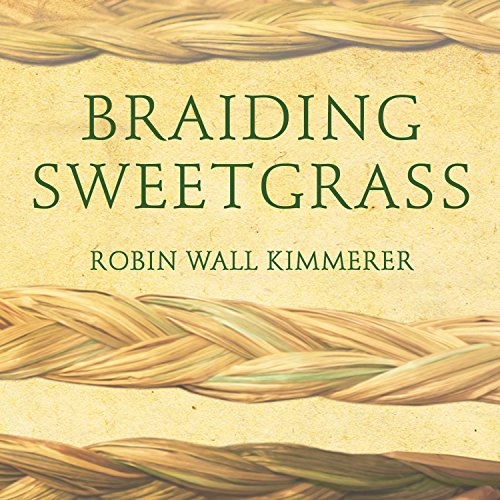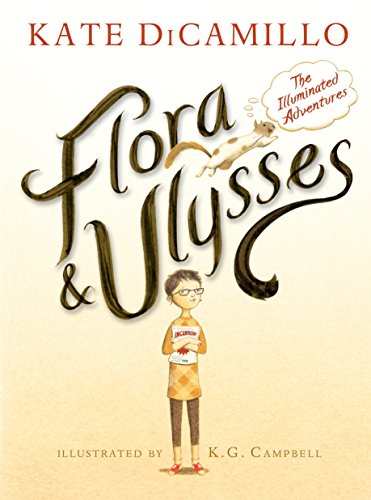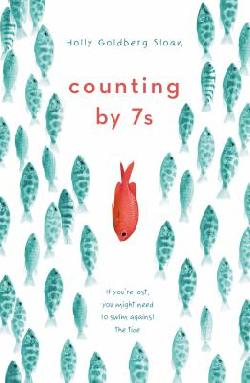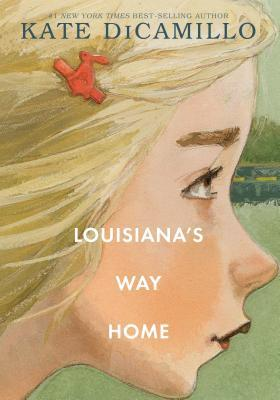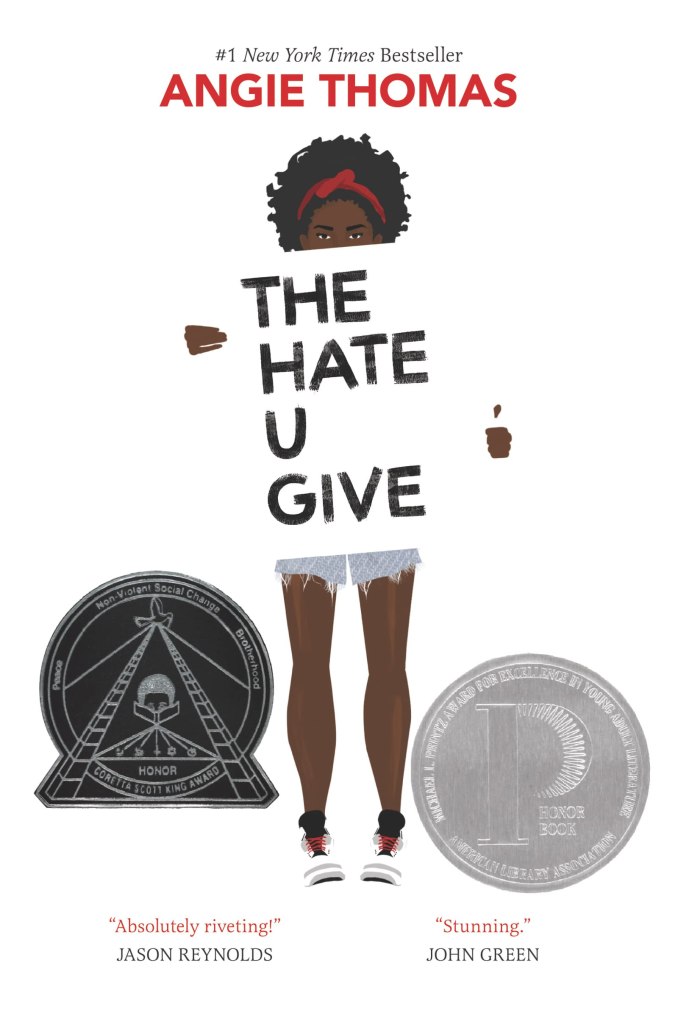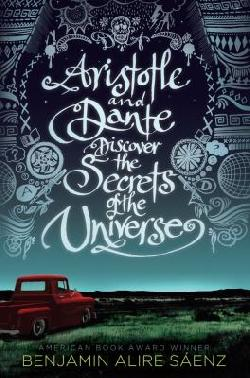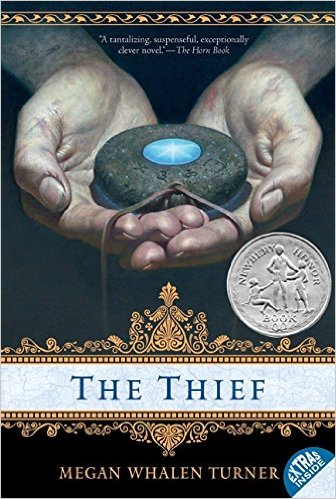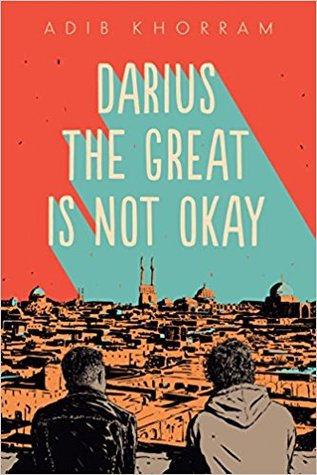As our world spins faster and faster and our connection to the natural world grows more distant, many of us feel a yearning for a simpler existence, and thoughtful parents desire to see their children live richer, more mindful lives.
Angela Ferraro-Fanning has written a series of picture books tied to seasonal themes and activities. The fall volume is filled with apples and pumpkins. The author explains what happens to plants and animals in the fall, and then she offers an array of suggestions for traditional activities for young children. The book offers many recipes and craft ideas, often needing adult supervision. Illustrator Annelies Draws covers the matte pages with cute, childlike drawings of rosy-cheeked, diverse children and cheerful animals.
Ferraro-Fanning maintains an environmental awareness throughout, which seems to be important to the publisher, also, as Quarto’s Ivy Kids announces on the front and back that the book is printed on 100% recycled paper. Suggestions for using up waste are sprinkled into the pages, too. After the cinnamon applesauce recipe, there are instructions for making apple tea or feeding your peels and core to animals. After the pumpkin muffin recipe, children are encouraged to roast the seeds or make percussion instruments with them. There are many more ideas that are not food-related, as well, and I am fascinated with the idea of making acorn cap tealights as part of a fall centerpiece.
These are valuable books of simple, wholesome ideas to get your little ones away from screens and toward self-sufficiency—in other words, to make them little homesteaders! Creative, warm, and fun.
Disclaimer: I read a library copy of this book. Opinions expressed are solely my own and may not reflect those of my employer or anyone else.



